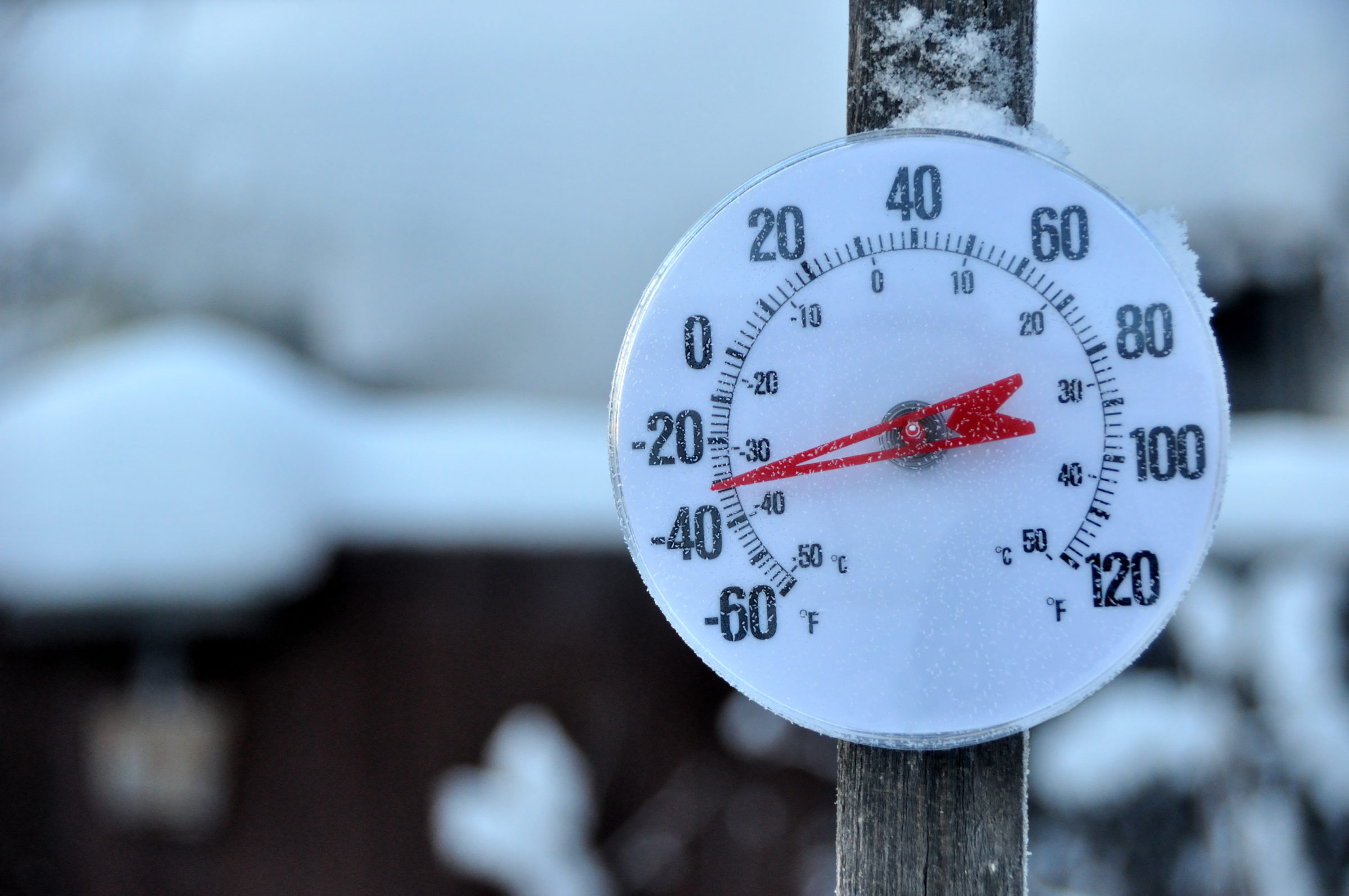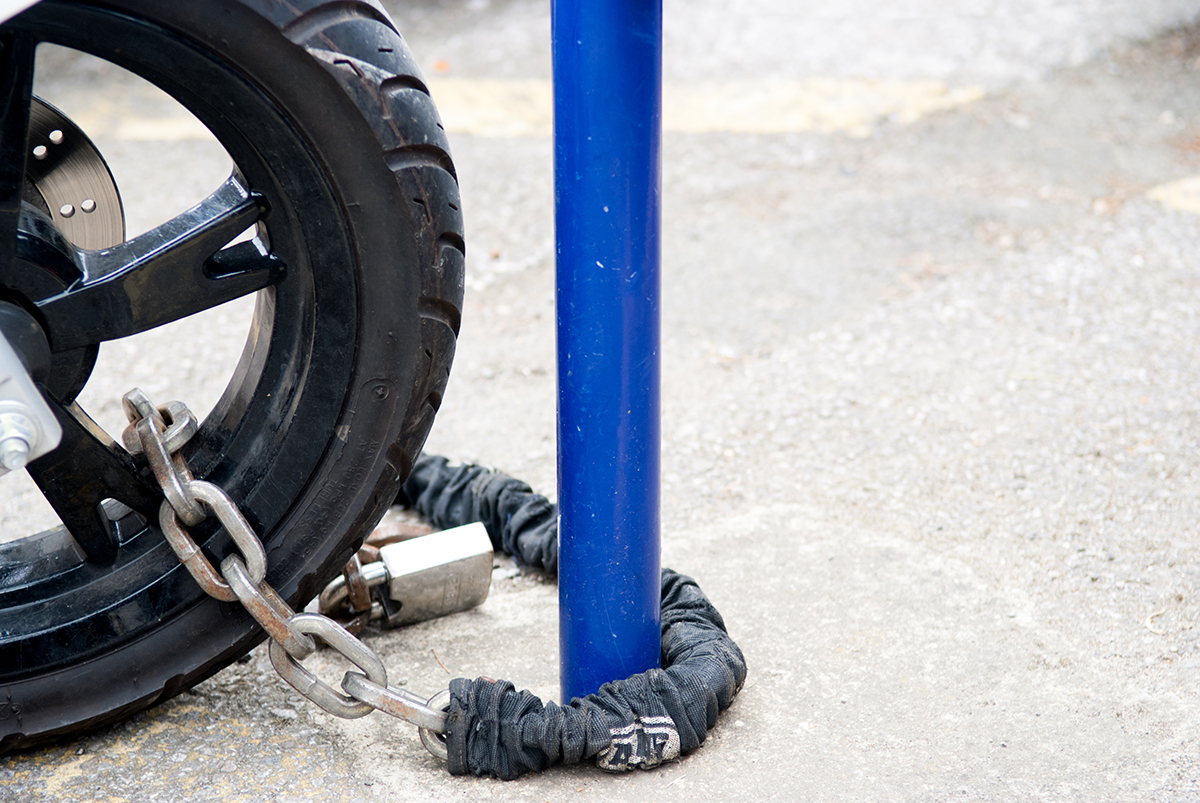Despite our best efforts, it’s not always possible to avoid going out in the cold.
Whether it’s our jobs, a driveway that needs shoveling, or a broken-down car, there’s bound to be something that pulls us away from our warm blankets and fireplaces.
But when we’re exposed to low temperatures for too long, the consequences can be severe.
Not only can it seriously damage our bodies, but it can also cost us our limbs — and even our lives.
Hypothermia and frostbite are the two most common conditions caused by extreme cold weather, and knowing how to prevent and respond to them can save you or a loved one’s life.
So, stay warm and safe this holiday season with our breakdown of everything you need to know about these illnesses, including how they affect your body, how to prevent them, who’s most at risk, signs to look out for, how to treat hypothermia and frostbite, and the fastest way to get emergency care.
How Hypothermia & Frostbite Affect Your Body
These two illnesses are caused by the same weather conditions, but they affect the body differently.
What is Hypothermia?
Hypothermia occurs when extreme cold weather causes your body temperature to drop too low.
In these conditions, your internal heating system simply can’t warm you up fast enough, but it doesn’t stop trying. It’s like pushing the pedal to the floor with a big hole in your gas tank.
If you aren’t able to find warmth or get help in time, your body will burn through your energy stores, and your temperature can drop from 98 down to 95 degrees.
At this point, hypothermia can be life-threatening because it slowly causes your whole body to shut down.
What is Frostbite?
On the other hand, frostbite only affects specific parts of your body — namely, your nose, ears, toes, cheeks, chin, and fingers.
This condition occurs when these parts of your body freeze from exposure to extreme cold.
Typically, you’ll lose color and feeling in the affected areas, which — if left untreated — can lead to irreversible damage and even amputation.
How to Prevent Hypothermia & Frostbite
The easiest way to prevent hypothermia and frostbite is to avoid the cold altogether.
But if you have to brave the elements, make sure you’re wearing proper cold-weather attire. The Centers for Disease Control recommends the following outdoor gear to protect your body:
- A hat
- A scarf or knit mask that covers your face and mouth
- A water-resistant coat
- Mittens or gloves
- Several layers of loose-fitting clothing
- Water-resistant boots
And if possible, do your best to limit your exposure to the cold by taking frequent breaks. If your car is broken down, but it can still run, be sure to balance your time troubleshooting outside with regular warm-up sessions in the car.
Who is Most Vulnerable to Hypothermia & Frostbite?
Part of preparing for and preventing these cold-weather health conditions is knowing who is most likely to be affected by them.
According to the CDC, the people most likely to experience hypothermia are:
- Older adults with inadequate food, clothing, or heating.
- Babies sleeping in cold bedrooms.
- People who remain outdoors for long periods—the homeless, hikers, hunters, etc.
- People who drink alcohol or use illicit drugs.
And those most vulnerable to frostbite include:
- Anyone who has poor blood circulation.
- Anyone not adequately dressed for freezing temperatures.
Signs of Hypothermia
If you suspect you or someone else has been exposed to the cold for too long, keep an eye out for these warning signs of hypothermia:
- Shivering
- Drowsiness or exhaustion
- Confusion
- Fumbling hands
- Memory loss
- Slurred speech
- (For babies) Bright red and cold skin
- (For babies) Very low energy
Signs of Frostbite
If you notice parts of your skin becoming red and painful, get out of the cold as soon as possible or cover them up as best you can to protect them. These are often the first signs of frostbite, but beyond that, watch out for:
- White or grayish-yellow skin
- Skin that feels unusually firm or waxy
- Numbness
Frostbite can be especially tricky to spot because the affected areas of your body usually go numb. That’s why dressing for the weather is so important.
Hypothermia & Frostbite Treatment
Now that we’ve learned all about these dangerous conditions, let’s talk about how to treat them.
When you notice symptoms of hypothermia or frostbite, the first thing you should do is seek emergency medical attention.
If help isn’t immediately available, follow these CDC guidelines to ease and potentially reverse symptoms:
- Get to a warm room or area as soon as possible.
- Unless absolutely necessary, don’t walk on your feet or toes that show signs of frostbite — this increases the damage.
- Don’t rub the frostbitten area with snow or massage it at all. This can cause more damage.
- Put the areas affected by frostbite in warm — not hot — water (the temperature should be comfortable to the touch for unaffected parts of the body).
- If warm water is not available, warm the affected area using body heat. For example, you can use the heat of an armpit to warm frostbitten fingers.
- Don’t use a heating pad, heat lamp, or the heat of a stove, fireplace, or radiator for warming. Affected areas are numb and can easily burn.
Don’t Waste a Second Calling for Help
If you’re dealing with extreme winter weather, talking on the phone is hard enough — let alone trying to explain your situation to a 911 dispatcher.
Every second spent on the phone is a second you could use to find shelter, bundle up, or warm affected areas of your body.
That’s why having a GPS medical alert app like Rescu can be a literal lifesaver.
Not only does it take just two taps to alert the nearest emergency response center, making the dispatch process almost immediate…
But it also saves valuable time that you would otherwise spend trying to communicate over the phone in a high-stress situation.
If you’re freezing cold, trying to hold a conversation while your teeth are chattering, your body is shivering, and you’re having trouble thinking straight is a lot to ask.
With Rescu, two taps is all it takes to send your location to the local authorities and dispatch fire, police, or ambulance services. Wherever you are in the US — no matter the weather — Rescu’s GPS service is your 24/7 lifeline.
Click the appropriate link below to upgrade your personal safety plan today!





